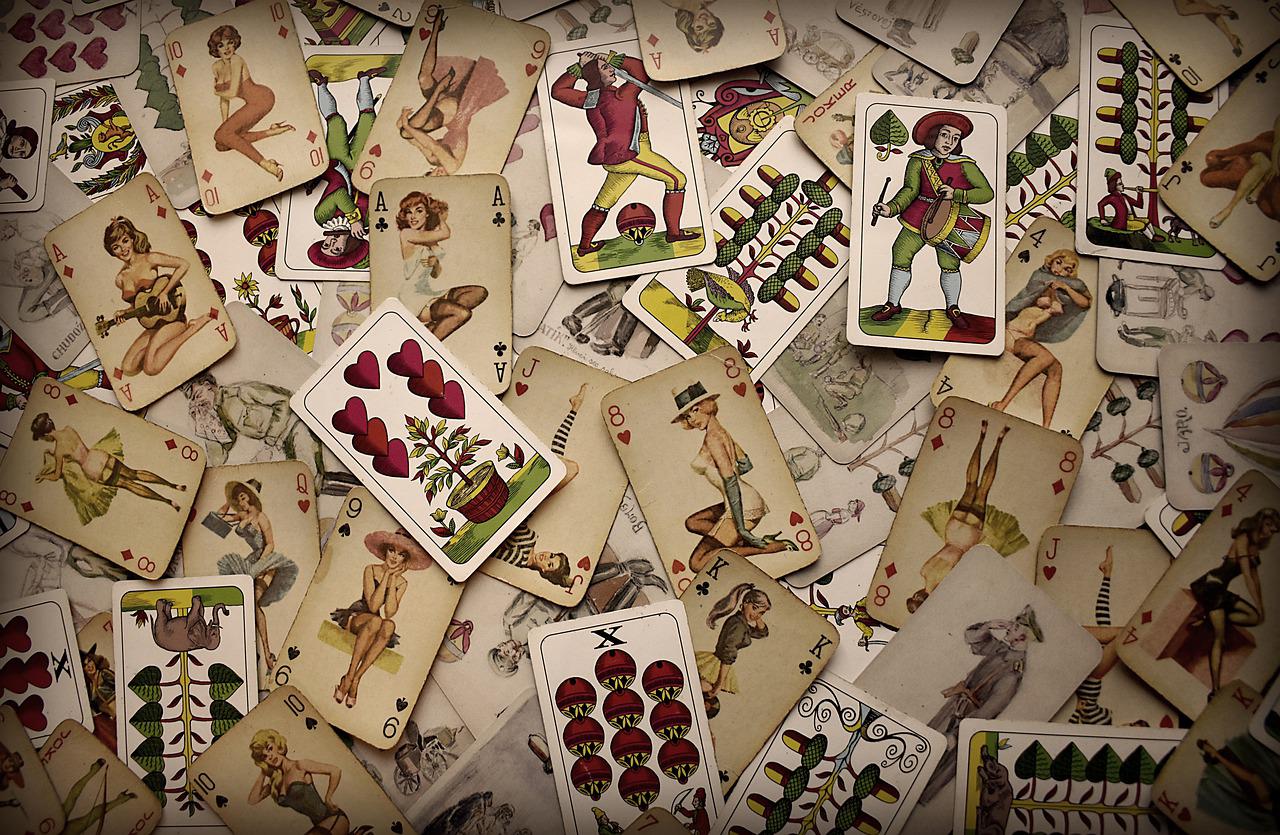

The evolution of playing cards is as colorful as the decks themselves.
Whether you're playing in a glitzy poker room at the other side of the world or you're at the Live Casino at bet365 (bet365 bonus code here for new players), it doesn't matter. They are ever-present, much like casino chips.
These small items, so familiar to us all, hold many secrets. Find out what the key dates in the evolution of playing cards are. Then the next time you play anything from 3-card brag to hold'em to baccarat to blackjack, you'll appreciate the humble deck of cards a little more than ever before.
The first date in the evolution of playing cards is well over a thousand years ago in China. This is where the first recorded use of playing cards is. As a major trading force, it's no wonder that playing cards slowly started to spread around the globe from there…
A couple hundred years later, playing cards were widespread in the Mamluk Sultanate, which is in modern day Egypt. These cards were a crucial connecting link between the Asian playing cards and the playing cards we now have in Asia.
The earliest time we know for sure that playing cards were in Europe was 1377 in France. However, this is a little murky. Because of trading routes at the time, it's highly likely that playing cards went from the Mamluk Sultanate to either Italy or Spain. Then from those Mediterranean countries, made their way to France.
However, experts don't currently have evidence of that, so we'll just have to speculate.
When we're talking the evolution of playing cards, one of the most major moments is in 1480. This is when cards in France first displayed suits. Hearts, spades, diamonds and clubs. Sound familiar?
However, in other countries, they sported different suits. For example, German cards used acorns, leaves, bells and hearts as their suits.
The next leap was visual, when English pattern cards burst onto the scene from 1516. These cards had French suits, but look quite similar to the cards we play with today.
Speaking of the visual impact of cards, ever wonder why the Ace of Spades is often the fanciest card in the deck? Well, it's because James I of England decided there was money to be made from cards.
He introduced a tax on playing cards and to prove that manufacturers paid it, they had to stamp the Ace of Spades with their own logo. Over time, these stamps became highly decorative. A chance for the manufacturers to show off, perhaps…
Amazingly, this practice lasted hundreds of years. The tax was only abolished in the 1960s!
The cards we use today look the same upside down and right way up. But that wasn't always the case. Double-headed cards took off from about 1860 onwards.
Now the evolution of playing cards is really building up. From 1880, playing card designers made yet another innovation. They started to put indices on the corner of the cards.
This meant that you no longer had to pick up your cards fully to take a look. Poker players of the world have a lot to thank these innovators for!
#AD Bonus Referrer Code is an affiliate of the brands we promote throughout this site. While we strive to maintain accuracy throughout our content, we do receive compensation for this promotion.
© 2025 BonusReferrerCode.com – All Rights Reserved
Worried about your gambling? When the fun stops – STOP!